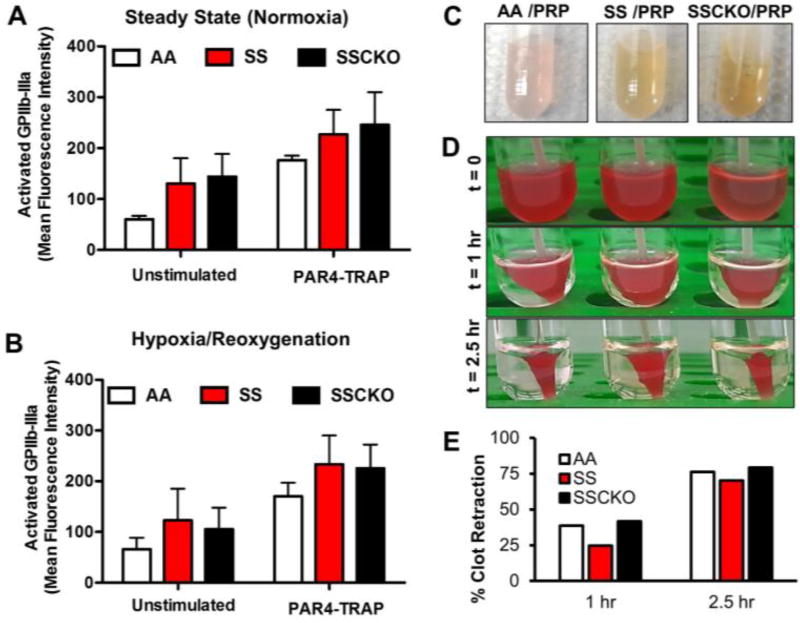Figure 4. Activation of platelet surface GPIIb-IIIa by PAR4-TRAP is unaltered in steady state and hypoxia/reoxygenation–treated calpain-1 knockout sickle mice. Rescue of the clot retraction defect.
Whole blood samples were collected from (A) steady state and (B) hypoxia/reoxygenation-treated AA, SS, and SSCKO mice, and tested for unstimulated (basal) and PAR4-TRAP stimulated GPIIb-IIIa expression. Graphs represent average mean fluorescent intensity (MFI) of each group of mice (n = 3 per genotype) ± SEM, PAR4-TRAP = 650 µM. (C) Platelet rich plasma (PRP) of AA, SS, and SSCKO mice shows evidence of in vivo hemolysis. (D) Washed resting platelets (108) were isolated from age and sex matched AA, SS, and SSCKO mice, and clot retraction was initiated in the presence of 1.0 mM CaCl2 and 0.5 U/mL Thrombin. (E) Clot retraction was quantified in AA, SS, and SSCKO mice. Experiments were repeated three times under different conditions, resulting in similar rescue of the clot retraction phenotype in SSCKO as compared to SS mice.

